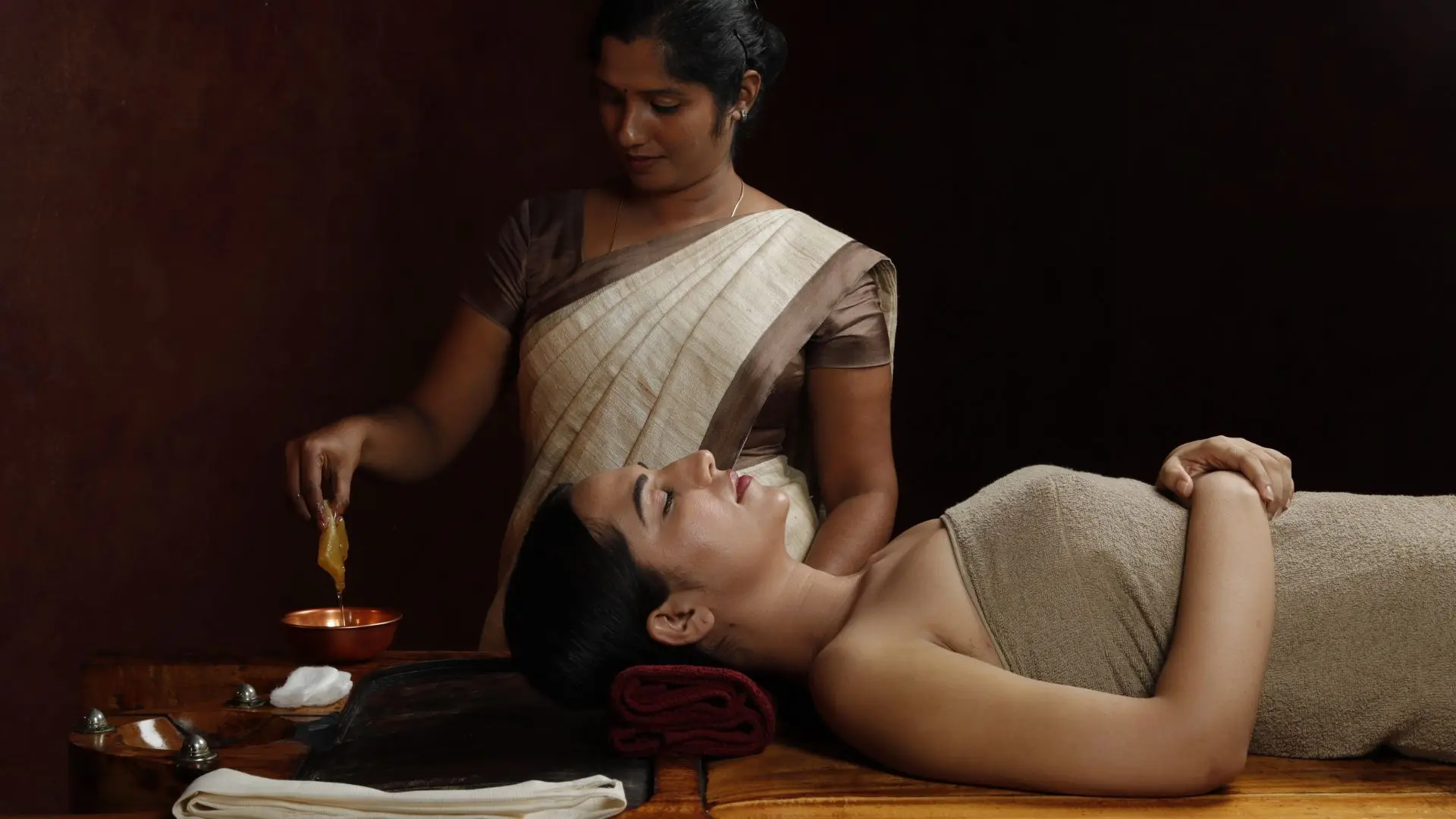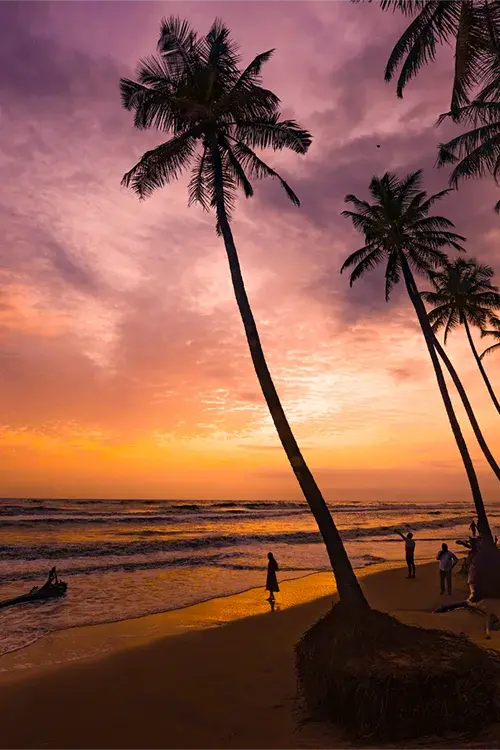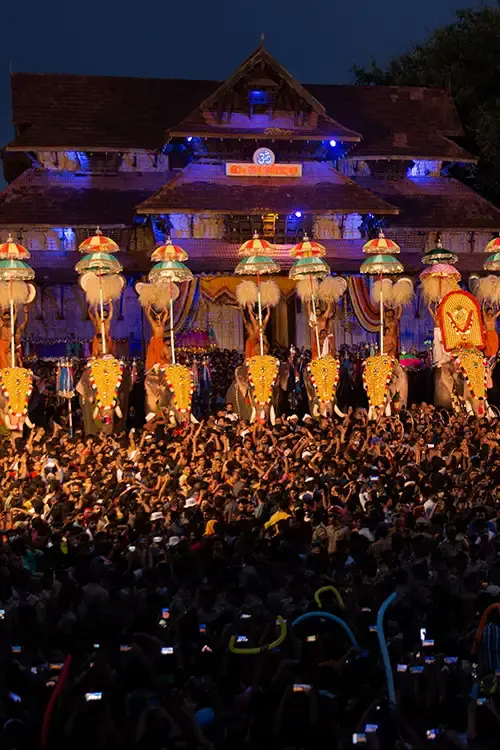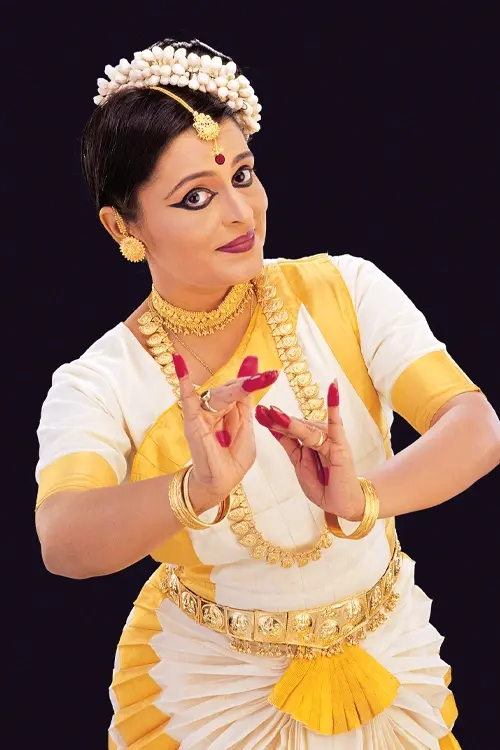Enchanting Kerala
Shakthan Thampuran Palace
Hardly a kilometer away from the roundabout in Thrissur town and located close to the Vadakechira pond, the Shakthan Palace exudes a predominantly white exterior. Formerly known as Vadakkechira Kovilakam the palace was renovated by Rama Varma Shakthan Thampuran to acquire its present form. Historians consider the reign of King Rama Varma Shakthan Thampuran (AD 1790-1805) as the golden era of Kochi. At a very young age itself, Shakthan Thampuran demonstrated extraordinary intelligence and bravery. During his reign, he maintained cordial relations with European powers including the English and also with rulers of neighbouring regions like Mysore and Travancore.
Going by the territorial expanse of erstwhile Kochi dynasty, the Shakthan Palace marked the northernmost point. The palace, built in the Dutch and Kerala style of architecture belongs to the few structures of its kind in Kerala. The palace houses a traditional Kerala style Nalukettu with a two-storeyed structure. The palace structure is marked by high roofs, extra thick walls, spacious rooms and floors paved with finely smoothened Italian marbles. The interiors of the palace, because of its unique construction, offer comfortable and pleasant living conditions irrespective of the prevailing weather conditions.
A visitor to the palace can find references to the rulers of Mysore, who have stayed at the Shakthan Palace at various points of time. It is also believed that Tippu Sultan entered the palace with his troops, and the flag mast that he erected can still be seen close to the palace compound wall, near to the entrance of the palace. The resting places of Rama Varma Shakthan Thampuran, one of the Zamorins of Kozhikode and that of another ruler of Kochi can be found inside the palace premises.
The palace also has a very ancient Sarpakaavu, which is a sacred grove for worshipping serpent gods, according to Hindu belief. Located on the southern side of the Shakthan Palace is the Heritage Garden. This garden is an exclusive one for preserving indigenous plants and trees of Kerala. There is also an archaeological garden situated in the north-eastern part of the palace, where one can find collections from the Stone Age, which were found from the outskirts of Thrissur.
With the palace structure occupying a significant place in Kerala’s history, the elaborate museum that is maintained inside the palace throws more light on the various periods in its history. The museum has been designed into various galleries. At the Bronze gallery, one can find bronze statues belonging to the period between the 12th and the 18th centuries. Granite statues from the 9th century to the 17th century are displayed at the sculpture gallery, while the epigraphy gallery showcases the genesis and evolution of ancient writings.
Other sections of the museum include a gallery for household utensils which are made of bronze and copper and those used by the rulers of Kochi. And stepping into the numismatics gallery, one can have a look at some of the ancient coins which were in circulation in the erstwhile province of Kochi and neighbouring regions. The history gallery depicting some of the milestones of the Kochi dynasty; and the megalithic gallery exhibiting remains of the great Stone Age also add to the museum’s attractions.
The Shakthan Palace is managed by the state Archaeology Department and is one of the best preserved palaces in Kerala.
Getting there
Nearest railway station: Thrissur, about 2 kms away.
Nearest airport: Cochin International Airport, Nedumbassery, about 58 kms away.






